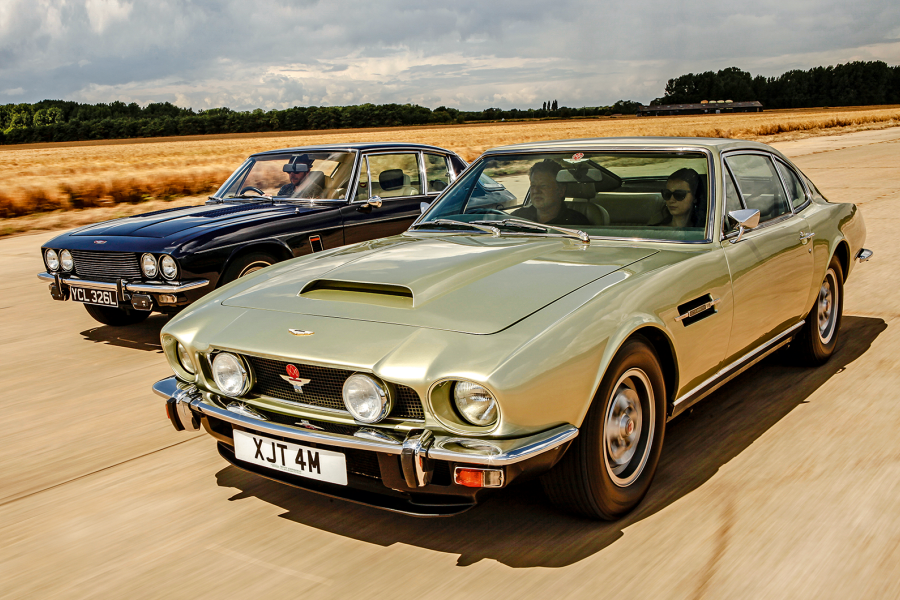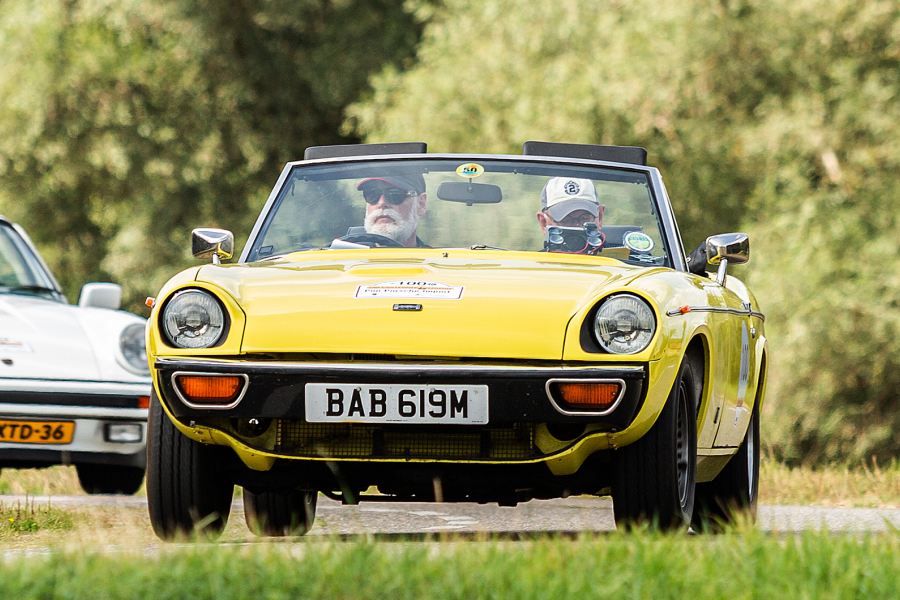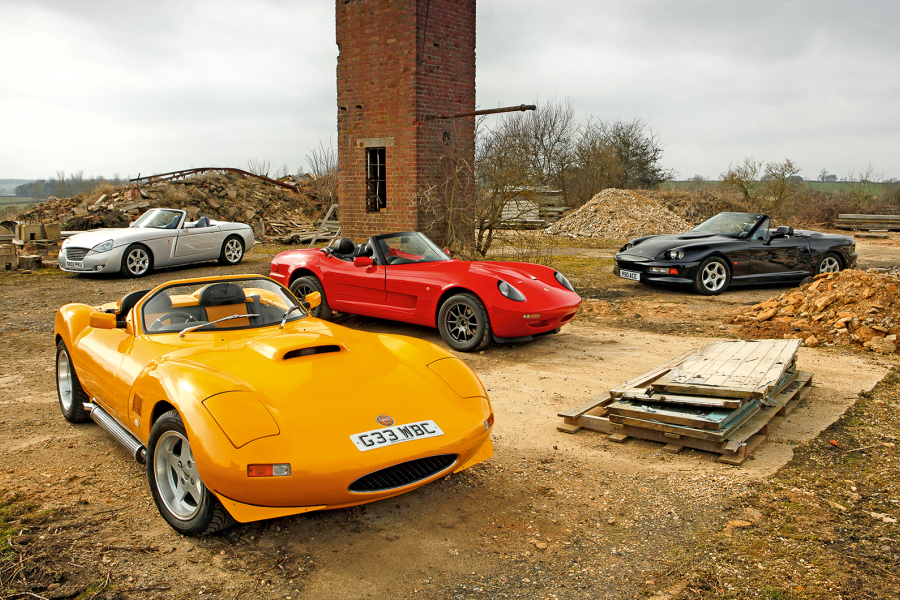
Why you’d want a Jensen Interceptor / FF
The new-for-1966 Jensen Interceptor had it all: stunning styling by Touring of Italy, hand-built body by Vignale, American V8 power and super-smooth automatic gearbox, plus assembly by English craftsmen coachbuilders.
To cap it all, Jensen launched alongside it the world’s most technologically advanced car, the FF, with Ferguson Formula four-wheel drive and Dunlop Maxaret anti-lock brakes.
Jensen, however, lacked the development budget of larger car makers and those early models were far from reliable. Most will have been well sorted now, but myriad improvements came over the years and most agree that the later cars are more dependable. But that’s relative – for an exotic super GT of the 1960s, simple mechanicals make it a far less daunting prospect to own than an Aston Martin or Ferrari.
Although Jensen soon took over construction from Vignale (look for wood fillets on the door panels on Italian-built cars), Interceptors remained individual.
These built-to-order cars were produced in probably more different paint colours than any other model. They also had a wide range of trim options and innumerable specification variations. No wonder many of them had individualistic celebrity owners.


(l-r) Four-wheel-drive FF preceded Audi’s quattro by 14 years; quirky, ultra-rare Coupé was based on Convertible body















